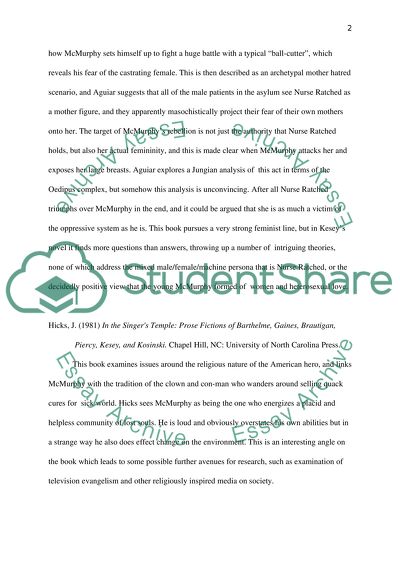Cite this document
(“One flew over the cuckoo's nest by Ken Kesey Annotated Bibliography”, n.d.)
Retrieved de https://studentshare.org/miscellaneous/1569394-one-flew-over-the-cuckoos-nest-by-ken-kesey
Retrieved de https://studentshare.org/miscellaneous/1569394-one-flew-over-the-cuckoos-nest-by-ken-kesey
(One Flew over the cuckoo'S Nest by Ken Kesey Annotated Bibliography)
https://studentshare.org/miscellaneous/1569394-one-flew-over-the-cuckoos-nest-by-ken-kesey.
https://studentshare.org/miscellaneous/1569394-one-flew-over-the-cuckoos-nest-by-ken-kesey.
“One Flew over the cuckoo'S Nest by Ken Kesey Annotated Bibliography”, n.d. https://studentshare.org/miscellaneous/1569394-one-flew-over-the-cuckoos-nest-by-ken-kesey.


